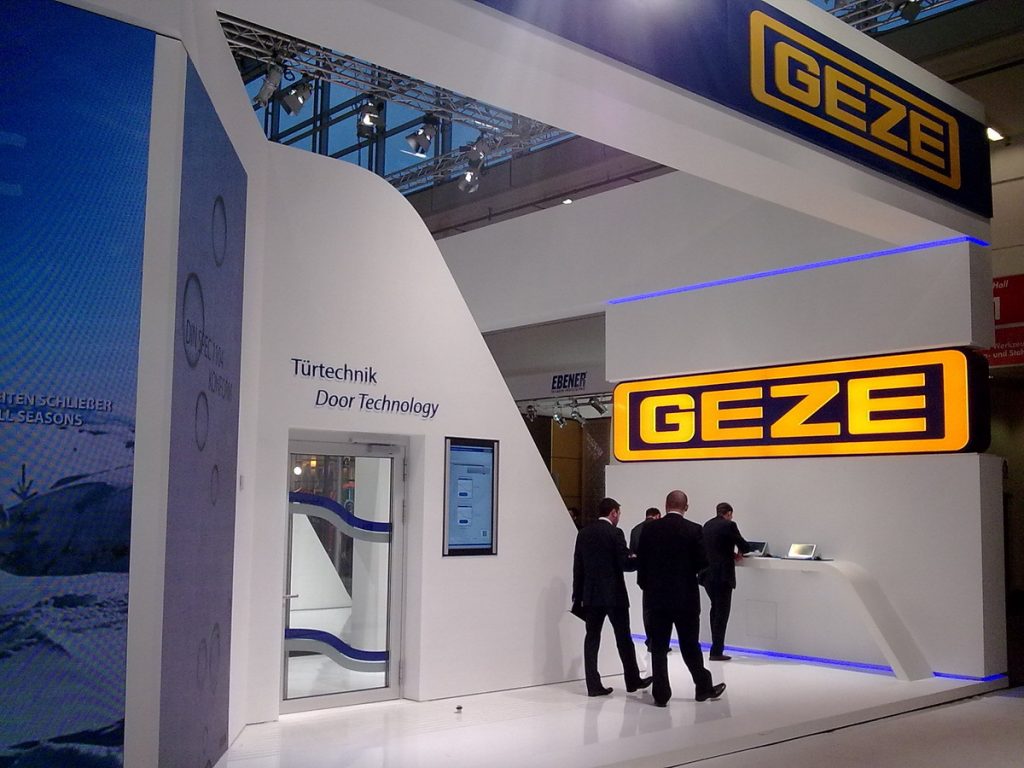
Touchless sliding doors are a specific type of automatic door designed to minimize physical contact, enhancing both convenience and hygiene. These doors are increasingly popular in environments where cleanliness is a priority, such as healthcare facilities, commercial spaces, and high-traffic public areas. Here’s what you need to know about touchless sliding doors:
Features and Operation:
- Touchless Sensors: These doors use various types of sensors to detect motion or proximity. Common types include:
- Infrared Sensors: Detect heat signatures from people or objects.
- Microwave Sensors: Use microwave radiation to detect movement.
- Ultrasonic Sensors: Use sound waves to sense objects and movement.
- Radar Sensors: Detect motion through the reflection of radar waves.
- Activation: The door opens automatically when the sensors detect an approaching person. This can be particularly useful in high-traffic areas where individuals may have their hands full or in places where reducing touchpoints is important.
- Safety Features: Touchless doors are often equipped with safety sensors that prevent the door from closing on objects or people, ensuring safe and efficient operation.
- Drive System: Like standard automatic sliding doors, touchless sliding doors use electric motors and a sliding mechanism. These systems are often designed to be smooth and quiet.
Benefits:
- Hygiene: Reduces the need to touch door handles or push plates, which is particularly important in environments that need to maintain high hygiene standards.
- Convenience: Offers hands-free access, which is beneficial for people carrying items, those with disabilities, or anyone in need of quick, unobstructed passage.
- Accessibility: Enhances accessibility by providing a more user-friendly entry option for people with mobility challenges or those using assistive devices.
Applications:
- Healthcare Facilities: Hospitals, clinics, and laboratories use touchless doors to minimize the risk of cross-contamination and maintain sterility.
- Commercial Spaces: Retail stores, restaurants, and office buildings benefit from touchless doors for a modern, customer-friendly experience.
- Public Transport: Airports, train stations, and bus terminals use touchless doors to manage high foot traffic efficiently and hygienically.
Maintenance:
- Sensor Calibration: Regularly check and calibrate sensors to ensure they are functioning correctly and detecting movement accurately.
- Glass Cleaning: Maintain the cleanliness of the glass panels to ensure clear visibility and aesthetic appeal.
- Track and Mechanism Inspection: Periodically inspect the sliding mechanism and track for debris and wear to ensure smooth operation.
- Power Supply: Ensure the electrical components are functioning properly and that backup power systems are in place if necessary.
Safety Considerations:
- Emergency Features: Ensure the door system has manual override options in case of power failure or system malfunction.
- Obstacle Detection: Properly configure safety sensors to detect and react to obstructions to prevent accidents.
Touchless sliding doors provide a modern solution that combines convenience, hygiene, and accessibility, making them a valuable addition to many types of buildings and facilities.







